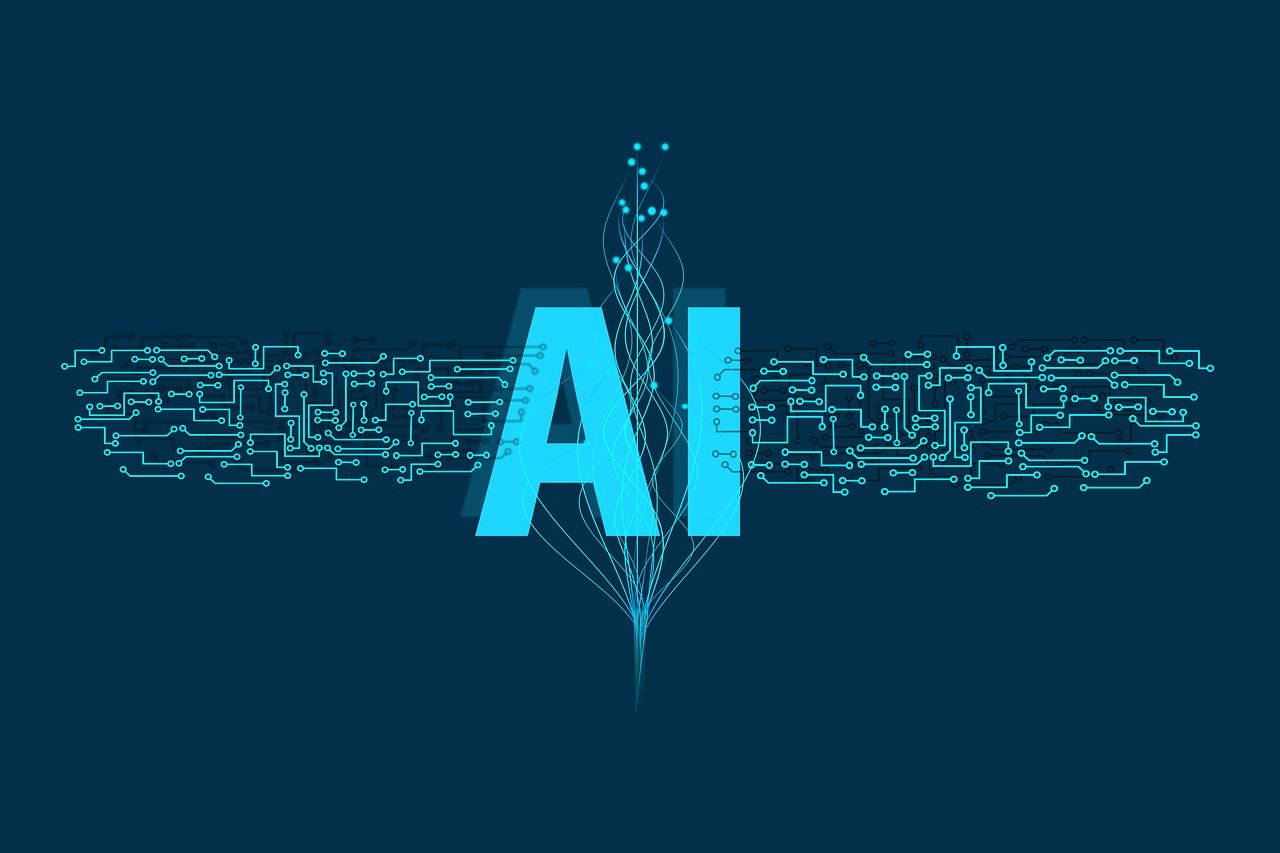Introduction
Artificial intelligence (AI) detectors have gained significant importance in recent years as AI continues to integrate into various aspects of our lives. With AI-generated content becoming more common, the need for reliable ai detector has increased. These tools help identify whether a piece of content is AI-generated, which is useful for educators, content creators, and businesses alike. In this article, we’ll explore how ai detector work, their key features, and why they are essential in today’s digital landscape.
What is an AI Detector?
An AI detector is a software tool designed to analyze written, audio, or visual content to determine if it was created by a human or generated by AI algorithms. These detectors are equipped with advanced algorithms to recognize patterns and indicators specific to AI-generated material, such as unusual syntax, repetitive phrases, or stylistic inconsistencies. As AI applications like ChatGPT and other large language models become more sophisticated, AI detectors evolve to keep pace.
How Do AI Detectors Work?
AI detectors use a combination of machine learning, statistical analysis, and natural language processing (NLP) to examine text. The main responsibilities they have fall down as follows:
- Pattern Recognition: AI-generated text often has distinctive patterns or unnatural phrasings that differ from human writing. Detectors use pattern recognition to spot these anomalies.
- Syntax and Grammar Analysis: AI detectors analyze grammar, sentence structure, and syntax for signs of AI influence. For example, AI often follows predictable sentence patterns, which a detector can flag.
- Contextual Understanding: Advanced AI detectors evaluate the overall coherence and flow of content. If content lacks genuine human nuance or depth, it may indicate AI authorship.
These technologies enable AI detectors to process content efficiently and return results that help users determine its origin.
Applications of AI Detectors
Applications for AI detectors are numerous and span many industries:
- Education: In academic settings, AI detectors are used to verify the originality of student submissions, ensuring that assignments are completed by students rather than AI. This helps maintain academic integrity.
- Content Creation: For marketers, journalists, and bloggers, AI detectors serve as a quality check. These tools ensure that published material is human-authored or at least augmented by human input, preserving authenticity.
- Social Media and News: AI detectors help social media platforms and news organizations prevent the spread of AI-generated misinformation, which can be difficult to distinguish from legitimate news articles.
See more article, ki detector
Why Are AI Detectors Important?
The development of AI has brought up moral questions regarding originality, authenticity, and legitimacy in content production. AI detectors address these concerns by helping users identify whether the content they encounter is AI-generated or human-written. Here’s why they’re essential:
Preventing Misinformation: With AI-generated misinformation posing risks to public trust, AI detectors are crucial in identifying and managing this content.
Promoting Authenticity: Consumers prefer authentic content. AI detectors help businesses and brands ensure that their content resonates genuinely with their audience.
Supporting Fair Use in Academia: By deterring students from submitting AI-generated work, detectors promote academic integrity and encourage genuine learning.
Challenges of AI Detection
Despite their benefits, AI detectors face certain limitations. Some AI-generated content is sophisticated enough to evade detection, and false positives can sometimes occur, where human-created content is mistakenly flagged as AI-generated. Continuous advancements in AI also mean that detectors must be regularly updated to keep pace.
Conclusion
AI detectors are powerful tools in our increasingly AI-driven world, helping maintain authenticity and accountability in content creation. By understanding how these detectors work and recognizing their value, we can better navigate the digital landscape and ensure that the content we consume is reliable. As AI technology progresses, AI detectors will remain essential for those committed to transparency and authenticity.
See more related article, click here

